13 Common Garden Pests That Show Up in Fall (and How to Handle Them)
As fall sets in, so do the pests that can damage your garden. The shift in temperature and environment can invite unwanted visitors to your plants. Some of these pests can be particularly tricky, but with the right approach, they can be controlled. Knowing what to look for and how to respond can save your plants from harm. Here is what you need to know about dealing with fall garden pests.
This post may contain affiliate links, which helps keep this content free. Please read our disclosure for more info.
Aphids
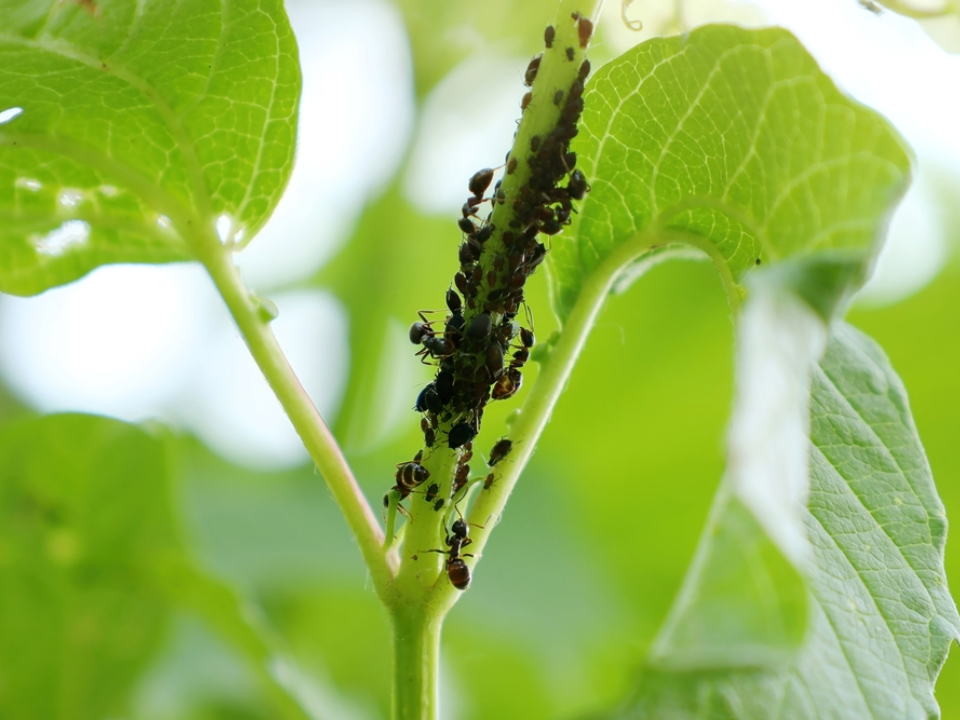
Aphids are small, soft-bodied insects that feed on the sap of plants. During the fall, they tend to multiply rapidly, particularly in warmer areas. These pests can cause yellowing leaves, stunted growth, and a sticky residue that attracts ants. Regularly checking your plants for aphids can help prevent a larger infestation from taking hold.
To manage aphids, try spraying your plants with a mixture of water and dish soap, which helps break down their protective coating. If the infestation is severe, you may want to use insecticidal soap. Additionally, encourage natural predators like ladybugs and lacewings to help keep aphid numbers in check. Regular pruning and keeping your garden healthy can also prevent aphid problems.
Japanese Beetles
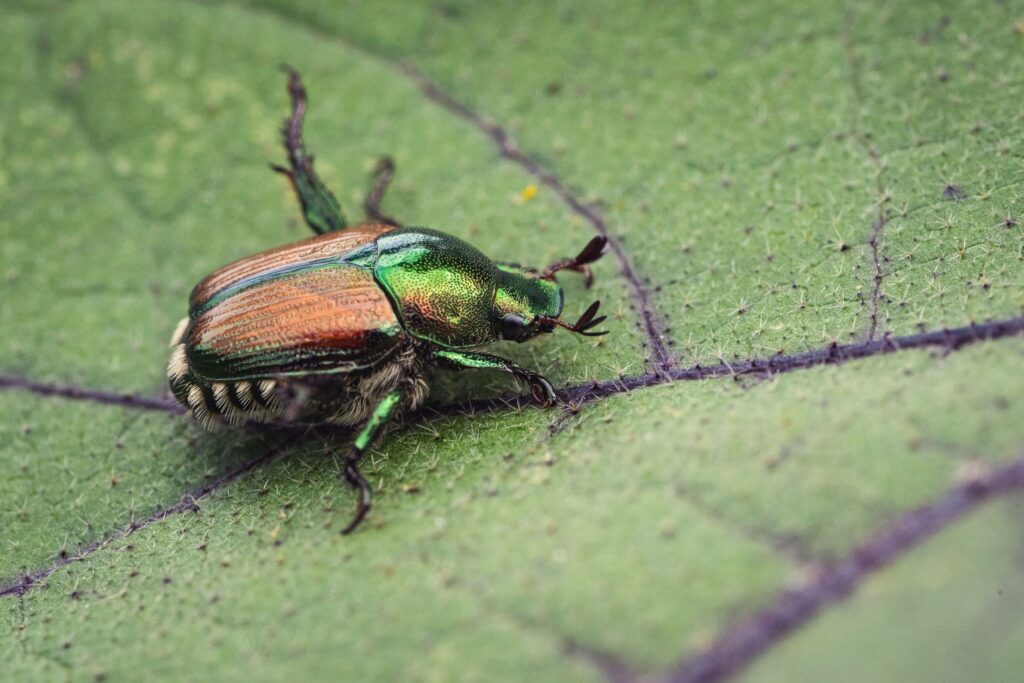
Japanese beetles are a significant fall pest known for their metallic green bodies and copper-colored wings. These beetles feed on the leaves, flowers, and fruits of many plants, leaving behind skeletonized leaves. They often appear in large numbers, particularly on rose bushes and other flowering plants. Left unchecked, they can cause significant damage to both ornamental and edible plants.
You can handpick Japanese beetles from your plants in the early morning, when they are slower and less active. Another method is using traps specifically designed for them, though these should be placed away from your plants to avoid attracting more beetles. Applying neem oil to your plants also helps deter them. To prevent future infestations, keep your garden clear of decaying plant matter, which can attract beetle larvae.
Slugs and Snails
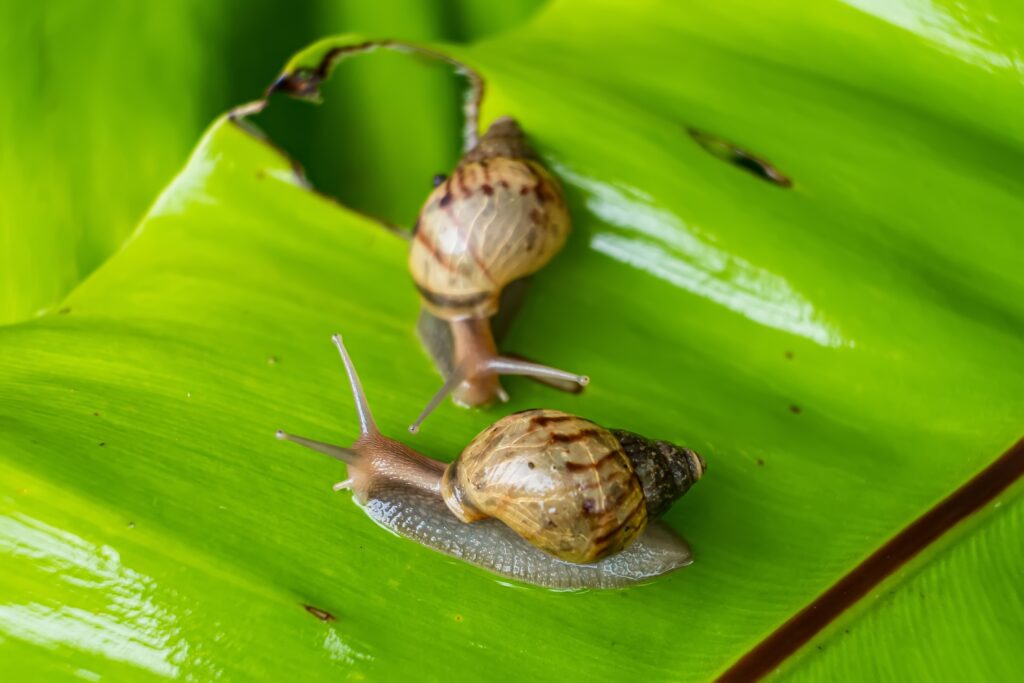
Slugs and snails are notorious for chewing through garden leaves, especially in moist, shady areas. These pests are more active during fall, when the weather is cooler and wetter. They leave a slimy trail on plants and can completely destroy tender foliage. Their appetite for young, succulent plants makes them a major concern for gardeners during the fall.
To control slugs and snails, try setting up beer traps or sprinkling diatomaceous earth around the base of your plants. Copper strips can also deter them, as they do not like crossing copper. You can also hand-pick these pests off your plants during the evening when they are most active. Keeping the garden tidy and removing any hiding spots, such as fallen leaves, can help reduce their numbers.
Whiteflies
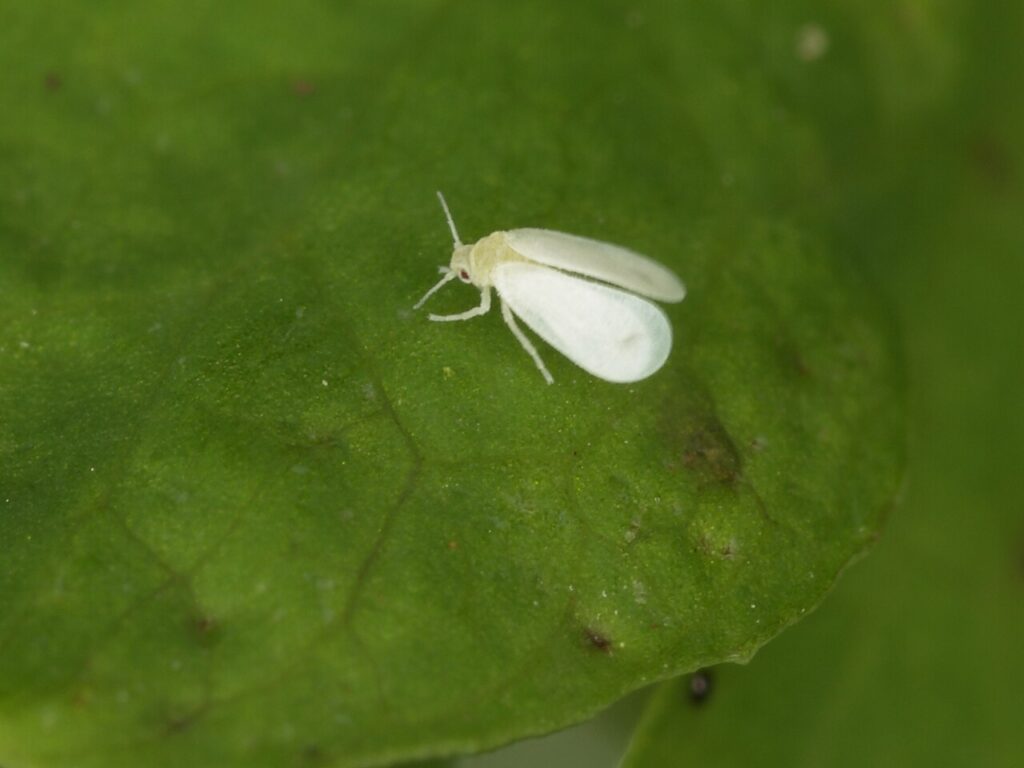
Whiteflies are tiny, winged insects that suck sap from the undersides of plant leaves. They are especially active during the fall and often target vegetables like tomatoes, peppers, and squash. These pests not only weaken plants by feeding on their sap, but they also produce a sticky substance known as honeydew, which can lead to mold growth. If left uncontrolled, whiteflies can cause significant damage to your crops.
To manage whiteflies, consider using reflective mulch to repel them. Insecticidal soap is also effective at killing both adult whiteflies and their eggs. You can also introduce beneficial insects like parasitic wasps to naturally control whitefly populations. Avoid over-fertilizing your plants, as this can attract whiteflies seeking out new food sources.
Spider Mites
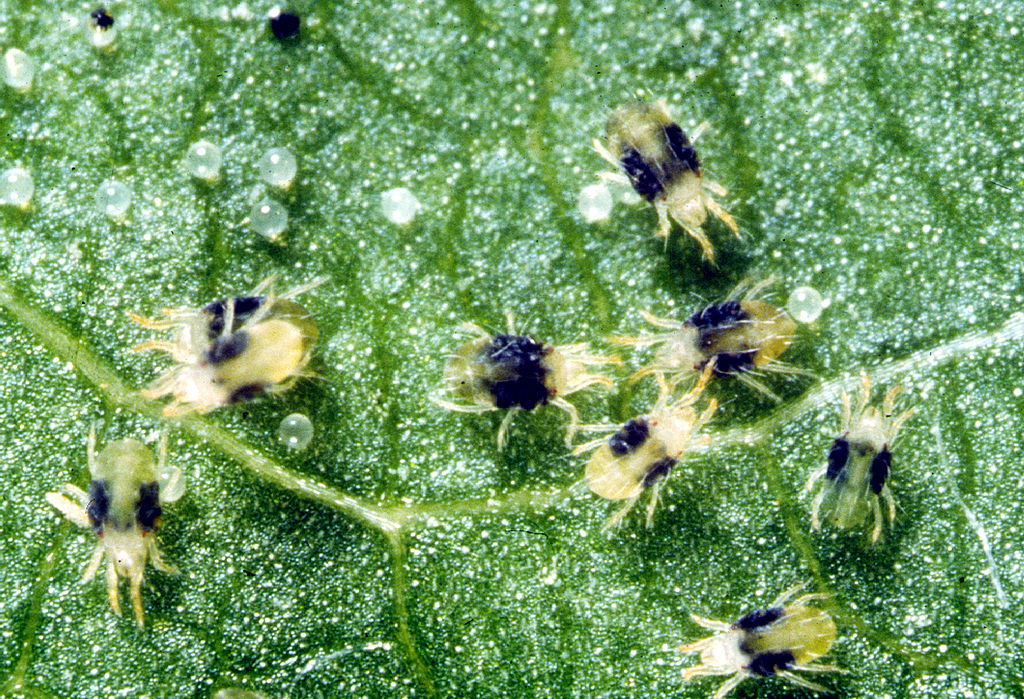
Spider mites are tiny pests that are difficult to spot with the naked eye but can cause significant damage to plants. They are more common in dry, dusty conditions and thrive in the fall when the air is less humid. These pests create webs on the underside of leaves, which they use to protect themselves while feeding. The feeding causes leaves to turn yellow, then brown, and can eventually lead to plant death.
To handle spider mites, start by spraying plants with a strong stream of water to remove the pests. If the infestation persists, use a miticide or insecticidal soap to target the mites. Regularly monitor your plants and clean surrounding areas to prevent further spread. Increasing humidity around your plants by misting or using a humidity tray can also help deter spider mites.
Fall Webworms
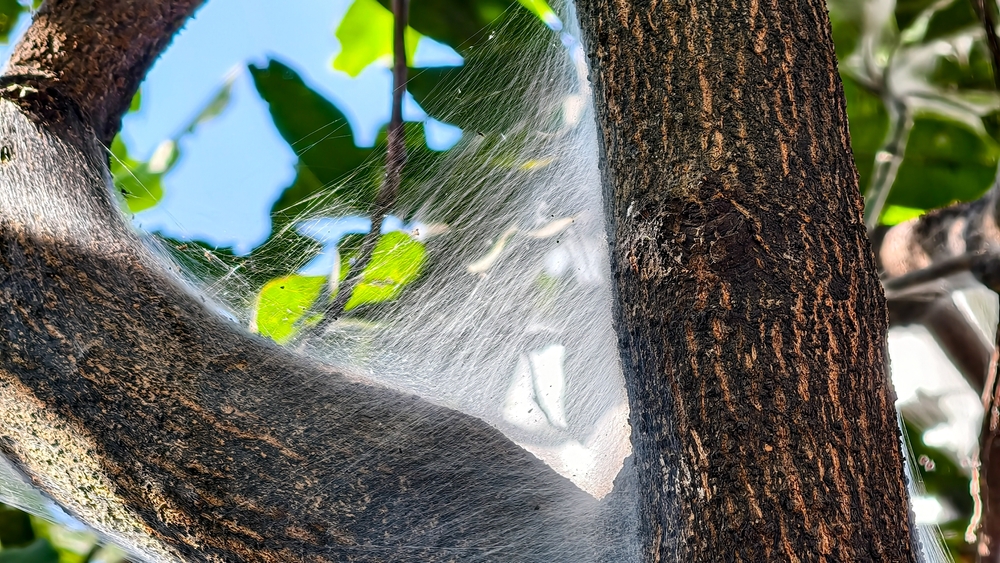
Fall webworms are caterpillars that form large webs around tree branches, usually in late summer to fall. These pests prefer to feed on the leaves of trees like walnuts, hickories, and oaks. The webs they create can look unsightly and reduce the tree’s ability to photosynthesize, weakening it over time. Although they are not typically harmful to healthy trees, they can become a nuisance.
To control fall webworms, remove the webs by hand and dispose of them away from your garden. You can also prune affected branches if the infestation is small. In severe cases, you may need to apply an insecticide targeted for caterpillars. Encouraging natural predators like birds can help keep the webworm population in check.
Leafhoppers
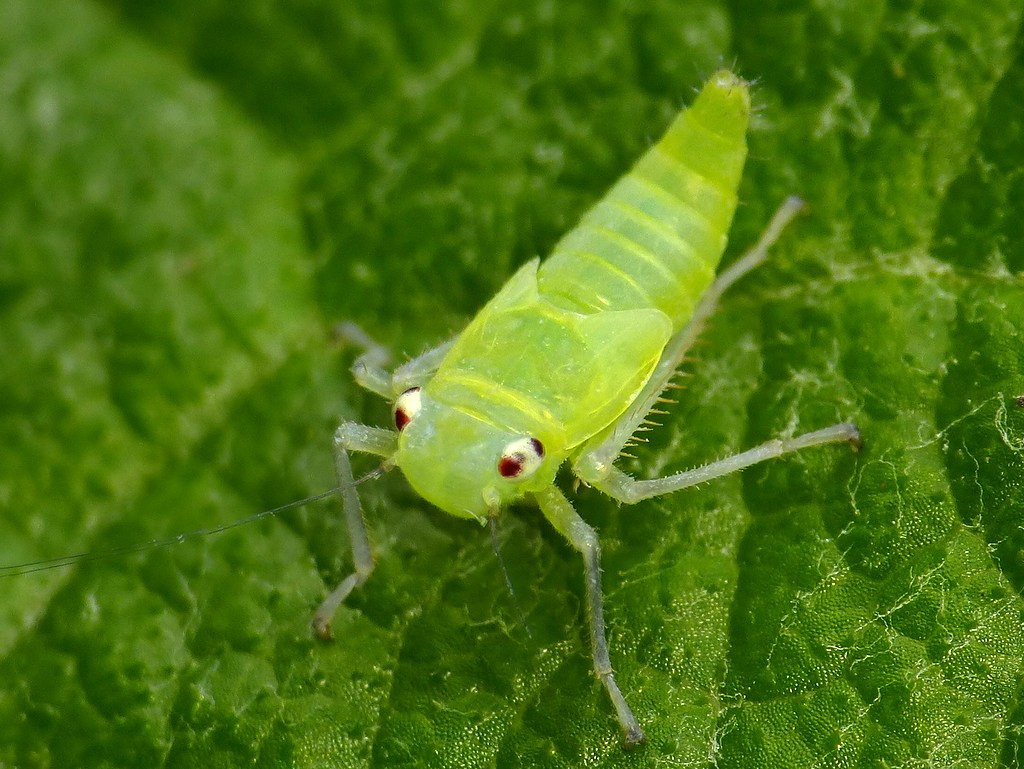
Leafhoppers are small insects that can cause damage to plants by feeding on their sap. They are known to spread plant diseases, including the bacteria that cause the deadly Pierce’s disease in grapevines. These pests are especially active in the fall as they look for new plants to infest. Signs of a leafhopper infestation include speckled or deformed leaves, and sometimes even plant dieback.
To handle leafhoppers, consider using insecticidal soap or neem oil to keep them at bay. Removing any plant debris and weeds around your garden can help reduce the likelihood of an infestation. Insect barriers and row covers can be useful for protecting vulnerable plants. You can also attract beneficial insects like ladybugs to help control leafhopper numbers.
Earwigs
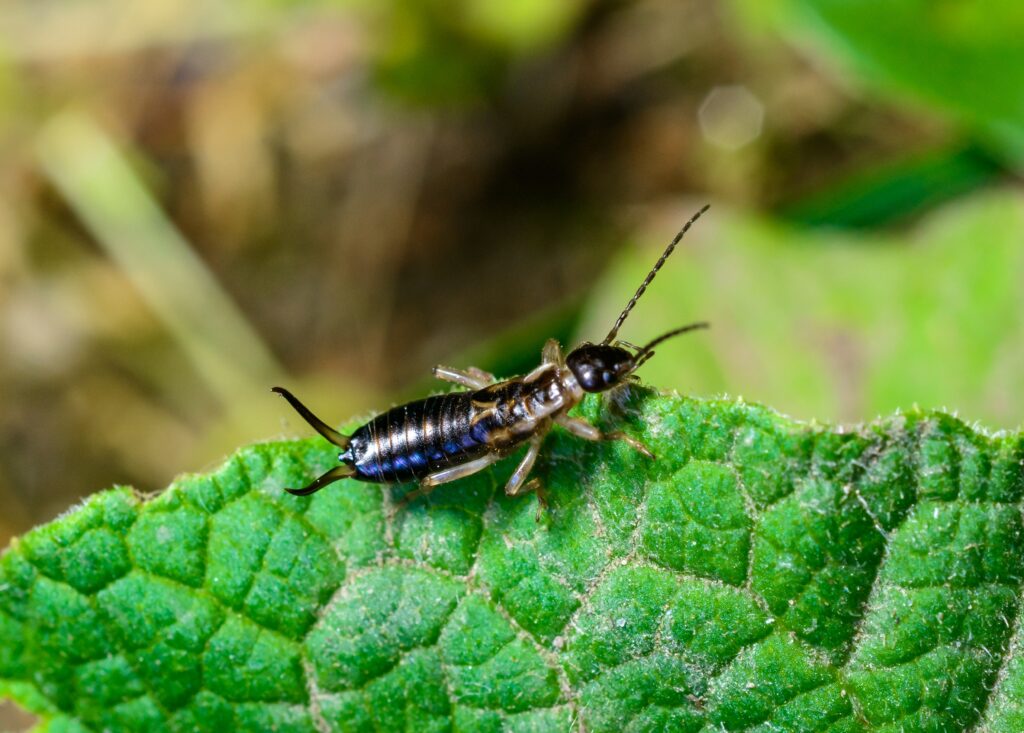
Earwigs are nocturnal pests that often appear in the fall as they search for shelter during the cooler weather. These pests have pincers on their abdomen and can feed on a variety of plants, including vegetables, flowers, and fruits. While they are not typically harmful in small numbers, earwigs can quickly become a problem if their population grows unchecked.
To prevent earwigs, set up traps by placing pieces of damp cardboard or newspaper in your garden overnight. Earwigs will take shelter under these damp areas, making them easy to remove in the morning. You can also apply diatomaceous earth around your plants to create a barrier that earwigs will avoid. Regularly check your garden and remove any hiding spots where they might breed.
Squash Bugs
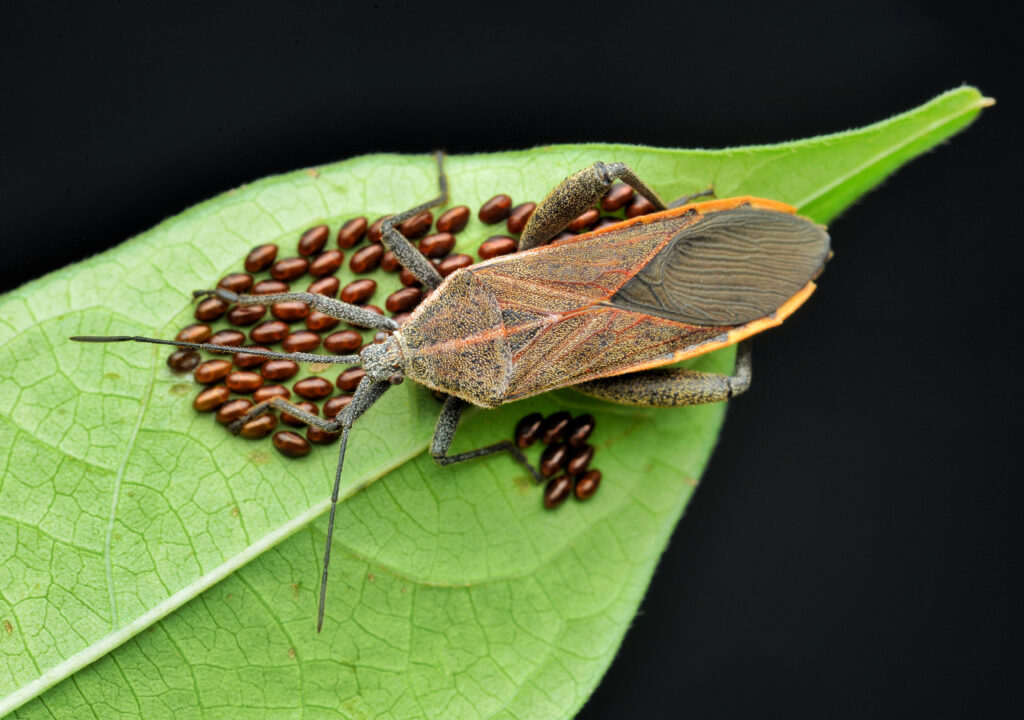
Squash bugs are common pests that target pumpkin, zucchini, and other squash plants. They are especially problematic in the fall when squash plants are near harvest. These pests feed on the sap of the plant, causing leaves to wilt, turn yellow, and eventually die. Squash bugs also have a tendency to hide under leaves and mulch, making them harder to spot.
To handle squash bugs, inspect your plants regularly and remove any visible bugs by hand. Insecticidal soap can also be used to control both adults and nymphs. Removing infected leaves and reducing the amount of mulch around your plants can help prevent further spread. If the infestation is large, you may need to apply a targeted pesticide.
Grasshoppers
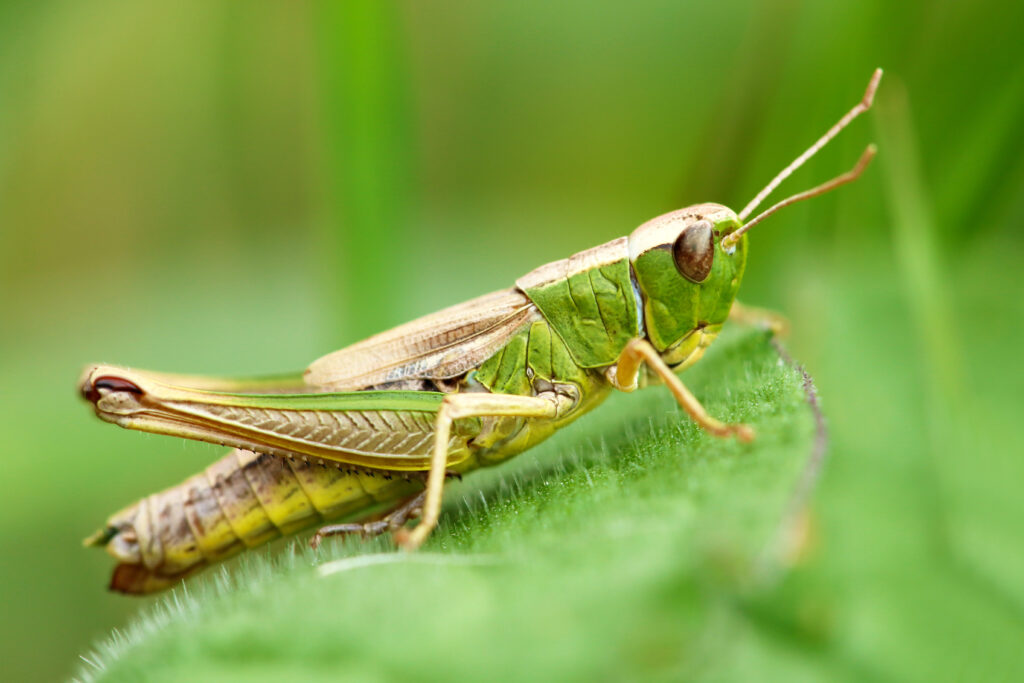
Grasshoppers are active fall pests that can quickly destroy a variety of plants by eating their leaves and stems. They are particularly problematic for gardeners growing vegetables and herbs. Grasshoppers are capable of causing widespread damage if left unchecked. Their strong jumping ability allows them to move quickly between plants, making it difficult to track their movements.
To manage grasshoppers, consider using row covers to protect your plants from them. Hand-picking grasshoppers off your plants is also an effective way to control smaller populations. Insecticidal soap or neem oil can help deter them as well. Keeping the garden free from weeds and debris will reduce the number of hiding places for grasshoppers.
Clover Mites
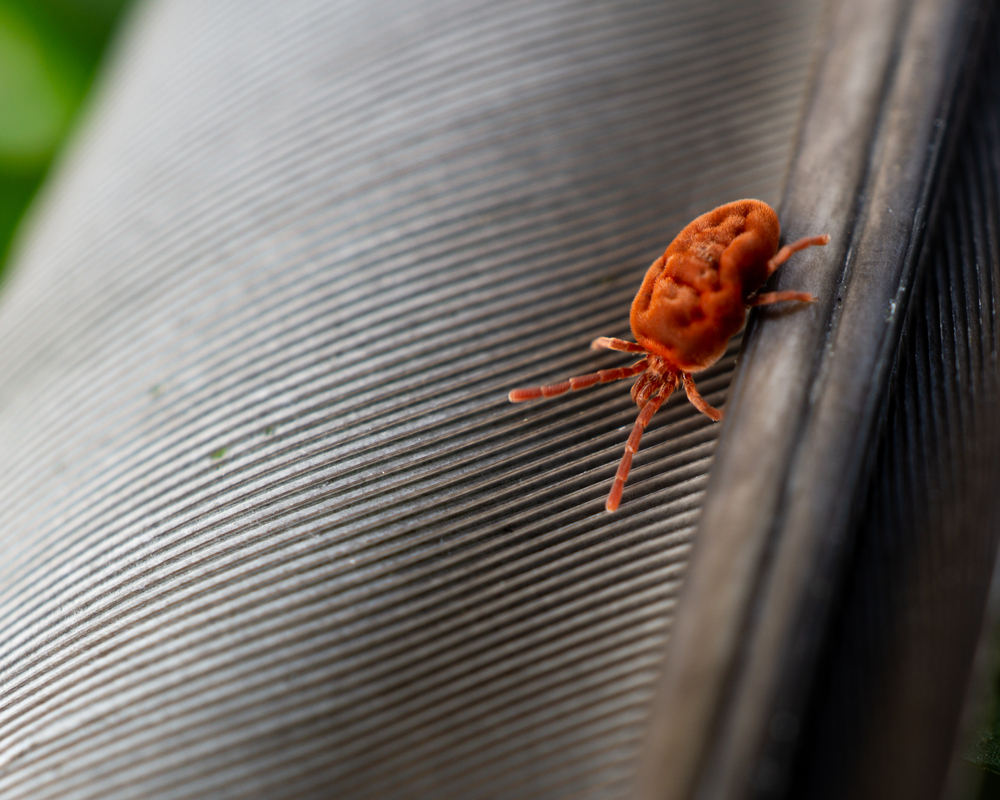
Clover mites are tiny red pests that tend to show up in the fall, especially when the weather turns cool. They often invade homes during this time, but can also be found feeding on plants. They feed on the chlorophyll in leaves, causing them to become speckled or discolored. While they do not cause significant damage to most plants, their presence can be irritating.
To manage clover mites, wash your plants with a strong stream of water to remove them. You can also apply a light pesticide or neem oil to control them. Keeping weeds and tall grass under control can help reduce mite populations. Be sure to also check for mite infestations indoors, as they can easily migrate from plants to your home.
Root Maggots
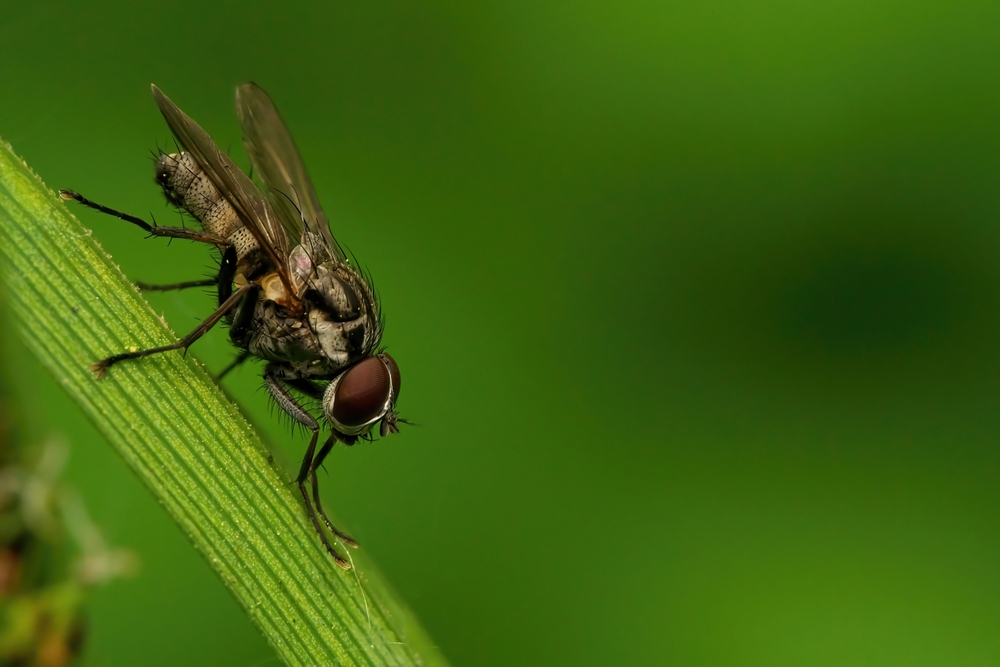
Root maggots are the larvae of flies that infest plant roots, causing damage to the roots and stems. These pests are most problematic for fall crops like radishes, cabbage, and carrots. Root maggots can stunt plant growth and cause wilting. They are difficult to spot because they live underground but leave behind telltale signs like yellowing leaves and poor growth.
To prevent root maggots, use row covers to keep adult flies from laying eggs near your plants. Crop rotation is also a useful strategy, as it reduces the likelihood of maggot buildup in the soil. If the problem persists, you can apply nematodes to the soil to target the maggot larvae. Keep your garden well-drained, as maggots thrive in moist conditions.
Tussock Moths
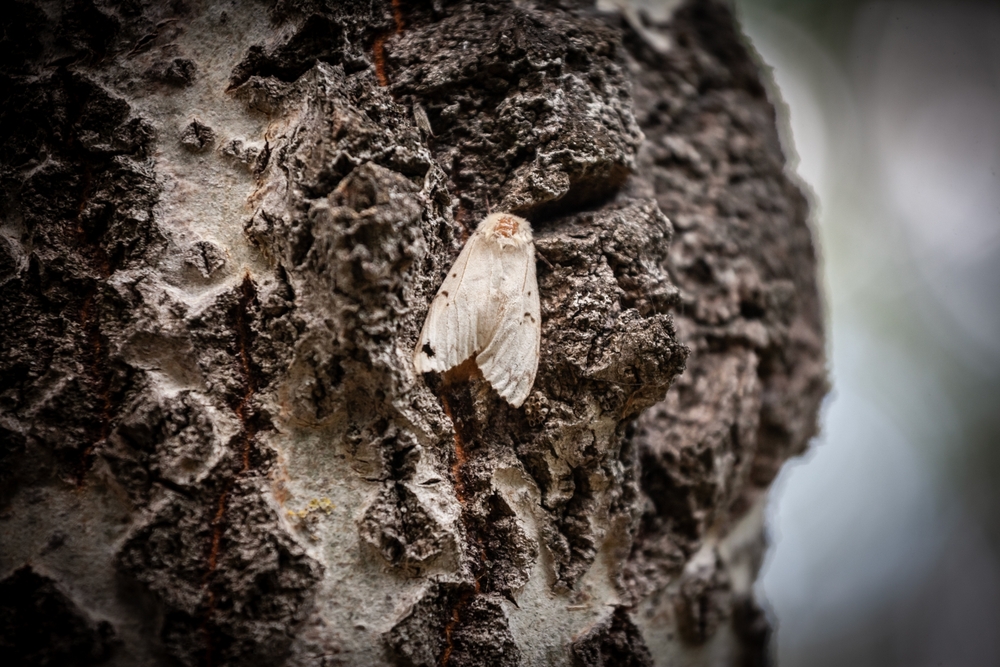
Tussock moths are known for the bright-colored tufts on their bodies and the damage their larvae can cause to plants. These moths are common in the fall when the larvae begin feeding on tree leaves. Their feeding can leave trees defoliated, weakening them over time. Tussock moths are particularly fond of fruit trees, making them a concern for orchard owners.
To control tussock moths, prune any affected branches and remove larvae by hand. You can also spray your trees with an insecticidal soap or oil to prevent further infestations. Encouraging natural predators like birds can help reduce the moth population. Keep an eye on your trees during the fall to catch infestations early.
This article originally appeared on Avocadu.
